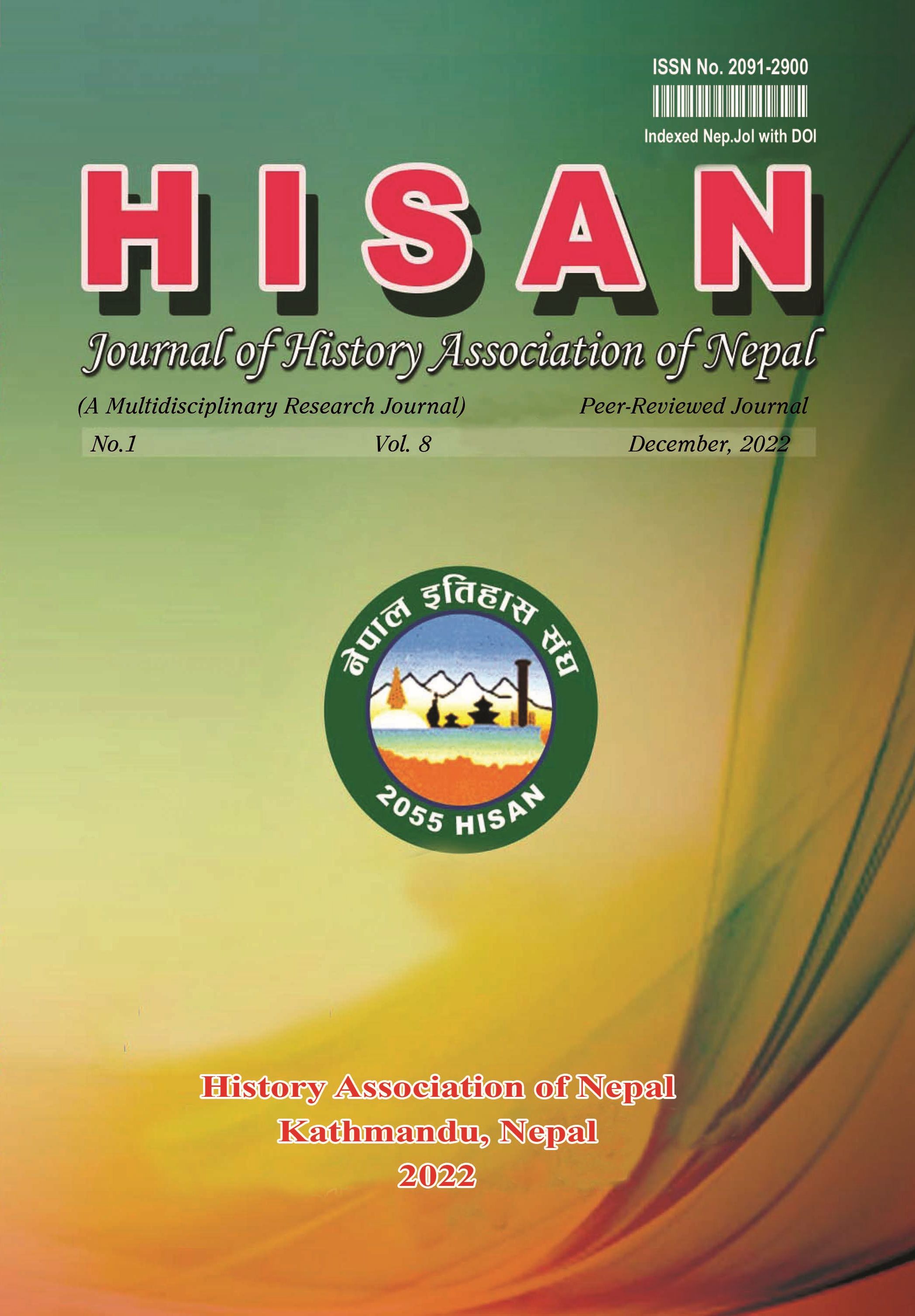Nepalese and Indian Foreign Policy and International Relations
DOI:
https://doi.org/10.3126/hisan.v8i1.53070Keywords:
Panchasheela, Non-aligned movement, interdependence, geo-politicsAbstract
The relationship between and among the foreign political units of the world waite since the establishment of modern state system (1648 Westphalia treaty). With the development of science and technology (sophisticated arms, means of transportation and communication) international relation has been highly complex. Likewise, modernism also has dragged international relation towards vagueness. International relations is a phenomena emerged with the creation of nation states. The development of nation states itself was a logical corollary to the growth of capitalism. Capitalism created larger territories which was basically due to expanding markets. Capitalism not only to the emergence of Nation-state but to colonialism as well. Therefore, international relations, till the end of world war II, was not between sovereign equal nations but most often between colonial power which were European and their colonies. To study international relations, colonization and decolonization theory, idealist school, realist school, liberalist school and geopolitical theory etc. are commonly used. While talking about foreign policy of Nepal and India, we find similarities i.e. NAM, panchasheela, respect to international law/organization etc, but Indian foreign policy practice towards Nepal is quite different than its theories.




